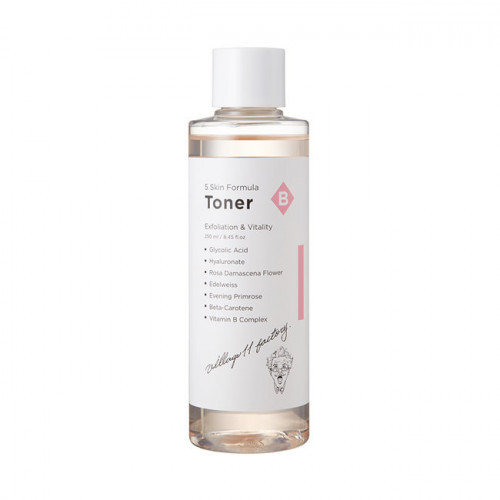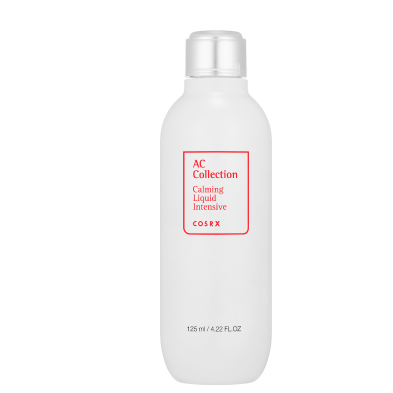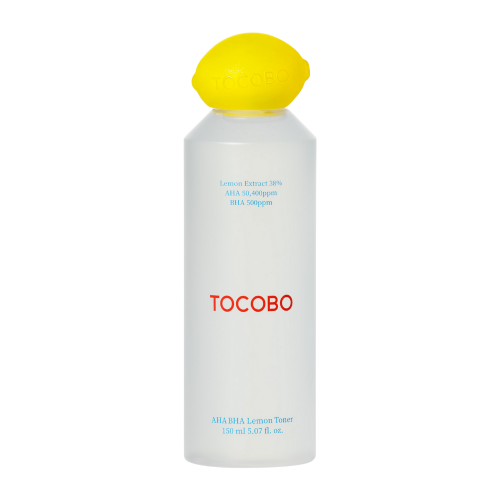What kind of magic does glycolic acid work, what skin types does it benefit, and how can you use it correctly to achieve that coveted glow?

Glycolic Acid in Skincare: Who Should Use It and Why?
In the world of skincare, glycolic acid holds a top spot among active ingredients. It can even out your skin tone, smooth out texture, and give your skin a luminous “glow.” With glycolic acid, you can achieve smoothness and radiance, BUT…
As with any powerful ingredient, improper use of glycolic acid can cause irritation, trigger breakouts, and disrupt the skin’s protective barrier. So, before you rush to buy a blogger-recommended product, take the time to understand whether this “magic wand” is right for you.
What Is Glycolic Acid?
Glycolic acid is an alpha hydroxy acid (AHA) naturally found in sugarcane and green grapes. However, for cosmetics, it’s usually synthesized in labs. Known as one of the most effective AHAs, it boasts a small molecule size and low acidity, allowing it to penetrate deep into the epidermis. This means you can experience impressive results relatively quickly.
How Does Glycolic Acid Work?
The primary superpower of glycolic acid is its potent exfoliating ability. It removes dead skin cells from the surface, encouraging skin renewal. Beyond that, glycolic acid can:
- Smooth wrinkles: Regular use stimulates collagen production, improving skin elasticity and reducing wrinkle depth.
- Improve skin texture: By eliminating dead cells, it leaves your skin smoother and reduces the appearance of pores.
- Brighten pigmentation and post-acne marks: Accelerated cell turnover helps fade dark spots faster.
- Prevent breakouts and clogged pores: Its ability to penetrate deeply makes it effective in clearing pores, tackling blackheads, and preventing breakouts.
Examples of Gentle Toners with Glycolic Acid:



How to Use Glycolic Acid Safely?
Glycolic acid can indeed perform wonders and give you that glowing skin, but only if used correctly and thoughtfully. Misuse can lead to irritation or even worsen your skin condition. Here’s how to incorporate it into your routine:
- Start with low concentrations: Beginners should opt for products with 2-5% glycolic acid to allow the skin to adapt gradually. For home use, the maximum recommended concentration is 12%.
- Apply at night: Glycolic acid increases skin sensitivity to sunlight, so it’s best used in your evening routine. Don’t forget sunscreen during the day!
- Moderation is key: Over-exfoliation can harm your skin. Depending on your skin type and the product’s concentration, use glycolic acid products 1-5 times a week. For example:
- Potent peels: 1-2 times a week.
- Low-concentration toners: Daily use is usually safe.
Always pay attention to your skin’s reactions and follow the manufacturer’s instructions.
- Focus on recovery: Before introducing glycolic acid into your routine, ensure your skin’s barrier is healthy and intact. Otherwise, you risk irritation and worsening skin issues. Use restorative creams alongside glycolic acid (apply them 10-15 minutes after the acid).
Important Notes: If your skin is very sensitive, reactive, prone to rosacea, or you have active acne, glycolic acid might not be the best choice for you.
Looking for more insights?
- Read about acids for oily skin types [here].
- Learn which acids work well for dry skin [here].
- Discover the different types of acids and general usage guidelines for home care [here].
Enjoy radiant, healthy skin with the right approach!



Leave a Comment